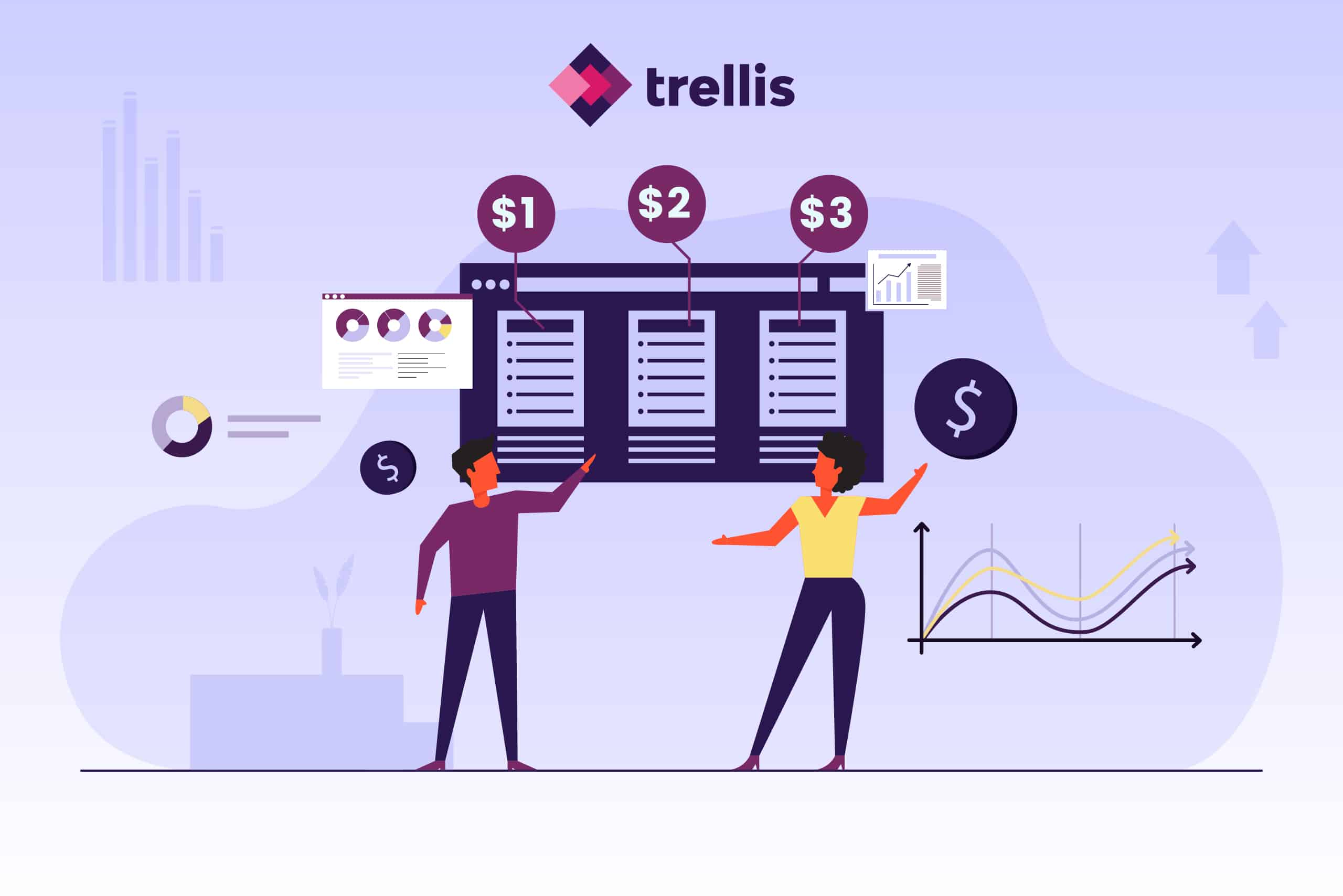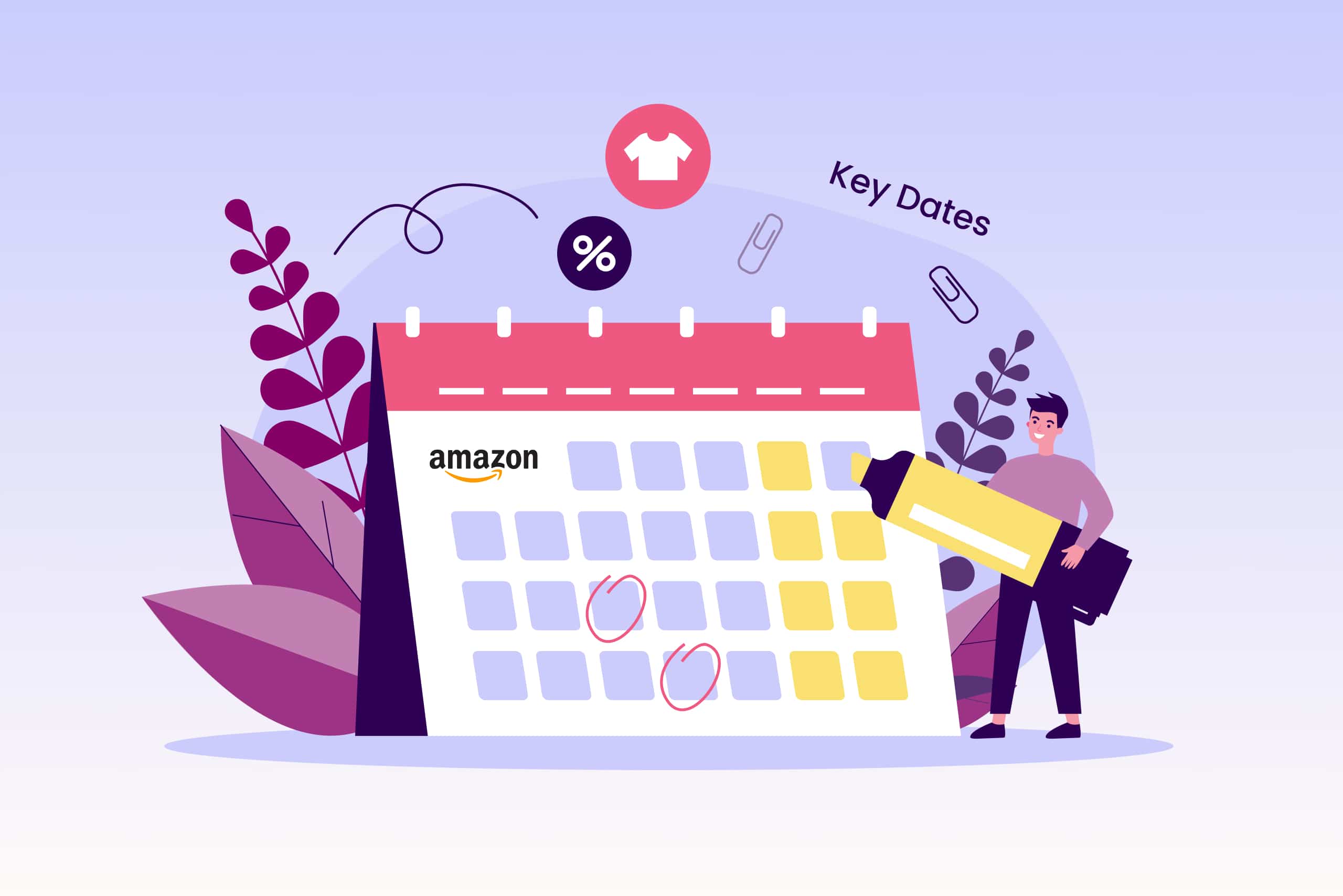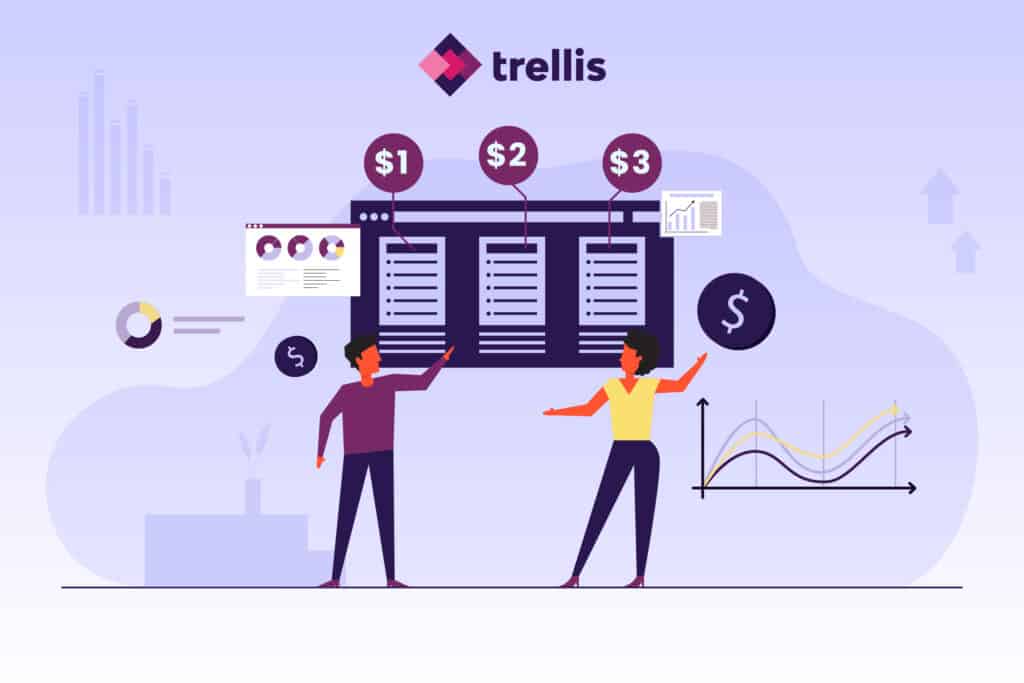The Minimum Advertised Price (MAP) is the lowest price a retailer is permitted to advertise for a specific product. As competition rises, a robust MAP policy can prevent price wars, while protecting your brand’s reputation.
But simply having a MAP policy isn’t enough. You also need a plan to execute it.
In this article, we’re sharing a complete overview of what MAP pricing is, why it’s key to scaling a profitable retail business, and how to achieve price consistency across multiple marketplaces and sales channels. Let’s get started.
Stay compliant with Dynamic Pricing from Trellis. Set minimum and maximum prices across multiple marketplaces, while using the power of AI to react to market changes in real-time. Book your free demo to see it in action!
What Is MAP Pricing?
MAP pricing stands for Minimum Advertised Price. It is the lowest price at which a retailer or reseller can advertise a product for sale. MAP pricing is often set by the manufacturer or brand to establish a consistent pricing strategy and maintain profitability for all sellers carrying the product. Violating MAP pricing can lead to penalties, such as restrictions on selling the product, withholding new inventory, or terminating the seller’s account.
In short, MAP pricing helps maintain an even playing field for retailers and consumers.
MAP vs. MSRP
MSRP stands for Manufacturer’s Suggested Retail Price. It may also be referred to as recommended retail price, suggested retail price, sticker price, or list price. While MAP represents the lowest price allowed, MRSP reflects the price a brand believes their product should sell for based on market value.
Unlike MAP Pricing, MSRP is not legally binding. For retailers, it’s more of a jumping off point for creating profitable pricing strategies and leading productive negotiations with suppliers. Knowing the MSRP can help sellers establish competitive pricing that aligns with manufacturer recommendations, while still taking market dynamics and competition into account.
What Is a MAP Policy?
A minimum advertised price policy, or MAP policy, is a contractual agreement between a brand or manufacturer and its authorized retailers. This policy sets the lowest price at which retailers are permitted to advertise a specific product, thereby ensuring price stability, protecting brand equity, and maintaining a fair competitive environment among retailers.
With a MAP policy in place, resellers are required to advertise a brand’s products at the MAP price or higher, but that doesn’t mean they have to consistently advertise the MSRP.
Find your best price. Try our free Amazon Price Elasticity of Demand Calculator and optimize your pricing.
Benefits of a Well-crafted MAP Policy
A strong MAP pricing policy helps manufacturers and retailers protect their reputation in an increasingly noisy and complex selling environment.
By prohibiting excessive discounting, pricing wars, and price erosion, MAP pricing also plays a critical role in helping you and your resellers remain profitable. But the benefits of MAP pricing don’t stop there. Let’s take a closer look.
Prevent a Race to the Bottom
By setting a clear price floor, a strong MAP policy prevents rogue resellers from slashing prices to unprofitable levels just to outrank competitors and win the Buy Box. In short, a robust MAP policy helps prevent a race to the bottom.
For more on how to protect brand value and avoid selling at a loss, check out our Guide to Dynamic Pricing vs. Repricing.
Make it Easy for Customers to Identify Fake Products
Luxury brands like Gucci and Louis Vuitton are constantly defending against counterfeit products, but brands of any size can fall victim to scammers and bad actors. By establishing a clear baseline for your minimum prices, you can help customers make the right choice.
Increase Customer Lifetime Value
On platforms like Amazon and Walmart, MAP pricing can help sellers maintain a competitive edge by promoting a strong brand and customer experience over price competition. By avoiding price wars and enforcing consistent pricing, you can maintain a reputation of quality products at fair prices. Over time, this can lead to increased trust and customer lifetime value.
8 Tips to Uphold MAP Pricing across Channels
To protect your brand and manufacturer relationships, it’s important for sellers to adhere to MAP pricing across all sales channels, including Amazon, Walmart, DTC and beyond. The following strategies can help.
1. Set the Right Prices
Use dynamic pricing software to determine ideal minimum (and maximum) prices across multiple marketplaces, like Amazon, Walmart, and more.
With the right eCommerce pricing tools, you can use historical data to test and execute a pricing strategy that strikes the right balance between sales and profitability.
2. Never Consult Retailers
Do not under any circumstances let any retailers, resellers, or other third-party stakeholders get involved when determining your policy or MAP prices, as this could be considered price-fixing and potentially lead to an expensive antitrust violation.
3. Draft a Comprehensive Legal Document
Create a written MAP policy that specifies prices, scope of policy, consequences of MAP violations, and more. Get it reviewed by a trusted legal expert to make sure it’s compliant with relevant legal guidelines and antitrust laws.
Here are some general principles for a compliant MAP policy, according to The National Law Review:
- Clarify that MAP only applies to advertising, not the final sales price
- Distinguish between MAP pricing and resale price maintenance (RPM)
- Do not include any terms or agreements from competitors or resellers
- Apply MAP to all off-site advertising
- Keep the policy clear and easy to understand
- Include a frequently asked questions (FAQs) section
In some countries, it’s crucial to leave MSRP or other sales price recommendations out of your MAP policy. Always consult a local legal professional when creating your policy.
4. Consider Publishing Your Policy
To create a transparent and fair understanding of your MAP requirements, make sure all retailers have equal access to your tools and documentation, and that no retailer is at an advantage or disadvantage in understanding your policy.
Here are some tips to help you enforce your policy equitably:
- Develop interactive presentations or training materials to clearly communicate your policy to all retailers
- Ensure brand representatives are equipped to educate and enforce your policy
- Guarantee equal access to policy communication resources
5. Monitor Reseller Prices
Create a system for catching, flagging, and following up on MAP policy violations and set clear guidelines for understanding when and how to take legal action.
There are a range of MAP monitoring software tools available, like Netrivals and MAPP Trap, that are specifically designed to detect MAP pricing violations in real-time. For a relatively minimal cost, you can use these tools to track product prices across all channels, including online and brick-and-mortar.
6. Enforce Your Policy Consistently
You don’t want to penalize some retailers only to let others get away with undercutting prices. Make sure you’re monitoring your prices across all channels where your product is sold and proactively taking action where necessary.
Keep in mind, you could face legal consequences if you show favoritism towards specific retailers, even if it wasn’t intentional. When it comes to unauthorized resellers, don’t waste your time trying to enforce MAP.
Instead, send cease and desist letters to unauthorized sellers informing them of your MAP policy and work with your marketplaces to remove unauthorized listings.
7. Consider Including Temporary Policy Waivers
In your policy, you can include some exceptions around certain sales seasons or holidays. As long as you’re offering the same provision to all retail partners, this is a great way to give them the freedom of offering special discounts and limited-time pricing for major events like Black Friday Cyber Monday (BFCM).
8. Keep Your Policy Up-to-date
For multichannel retailers, it’s essential to consistently review and revise your MAP policy to stay in line with market dynamics and competitive landscapes across various platforms. Schedule regular reviews of your pricing relative to market conditions, changes to brand identity, the competitor landscape, and other factors.
You can also utilize pricing intelligence tools to gather data and insights from multiple channels to make the right adjustments to your MAP policy.
Don’t Stop at MAP Enforcement
Online marketplaces are more competitive than ever. To effectively defend and execute your MAP policy, it is crucial to stay vigilant, proactive, and adaptable in response to market fluctuations and competitive challenges.
Through a strategic and diligent approach to MAP policy enforcement, you not only safeguard your brand and pricing standards, but also build a strong foundation for sustainable growth.
And remember, while a robust MAP policy is critical to ensuring brand protection as you scale, it’s only the first step towards optimizing your pricing strategy.To get more out of your pricing strategy, book a demo to see Trellis’ Dynamic Pricing tools in action, or download The Ultimate Dynamic Pricing Guide for Amazon Sellers for more ways to optimize your pricing and profitability.






